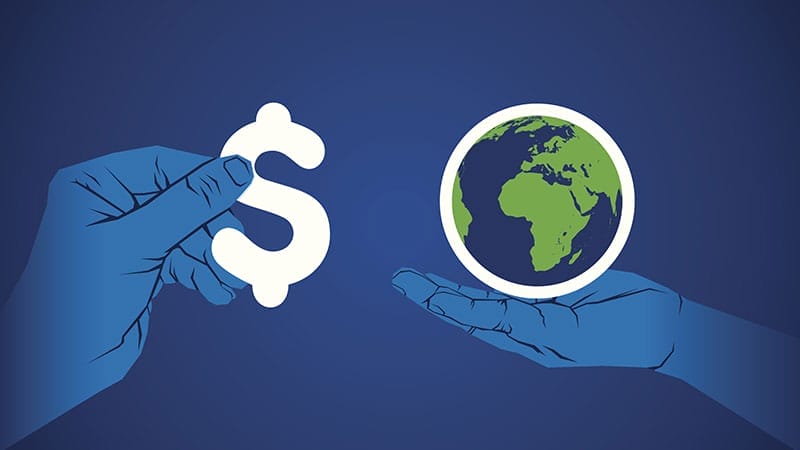Research resulting from a partnership of the Wharton Social Impact Initiative and the Finance Department provides proof for the impact investing promise.
Earlier this month, members of the Wharton Social Impact Initiative (WSII) team—myself included—attended the annual Social Capital Markets (SOCAP) conference in San Francisco. For those of us working in the fields of impact investing and social entrepreneurship, the conference is a highlight of our year.
For WSII, our attendance at the conference this year was especially exciting.
Why? Because at this year’s SOCAP, WSII launched the first-ever academic report on impact investing financial performance and social impact, called “Great Expectations: Mission Preservation and Financial Performance.”
The study is the culmination of nearly two years of work (all of which is still ongoing) and includes over 200 variables from 53 impact investing private equity funds, representing 557 individual investments. Specifically, “Great Expectations” looks at the interplay of financial returns and mission preservation upon a successful exit from impact investing funds.
Our early findings suggest that—in certain market segments—investors might not need to expect lower returns as a tradeoff for impact. We presented these findings at standing-room only panel on October 8, and distributed hundreds of copies of the report during the week.
As a research team consisting of both practitioners and Wharton finance professors, we recognize that the impact investing industry spans a range of return expectations with distinct value propositions to different investors. In our Wharton research, we looked only at funds seeking market rates of return. That doesn’t mean we only collected data on that market segment—just that we started with that group of funds for our first round of analysis.
In addition to collecting financial data, we asked fund managers to report on whether they believed the social or environmental impact of portfolio companies persisted after a company successfully exited the fund. Our responses show that funds virtually always report that the social or environmental impact of companies persists post-exit, even without a contractual agreement to preserve the company’s mission. While promising, this implies that most fund managers are relying on company culture—or what we call the “embedded impact” strategy—as part of the value proposition of the investment. Evaluating the long-term impact of portfolio companies is an important consideration facing the industry and is also an area ripe for future studies at Wharton.
Because we collected so many data points, we can examine potentially hundreds of additional research questions about impact investing private equity—something we’ll certainly be looking to do in the near- and longer-term futures. The benefit of working within a research institution means that we can, and will, continue this work for many years to come—and continue to share our findings with the industry at large.
We truly consider this work to be an important part of building the impact investing ecosystem.
As a result of our expanding activities at WSII, our conversations at SOCAP went beyond impact investing to include areas of innovative finance, our work in Africa, and the “how and why” of investing in women and girls.
Across the week of panels, plenary sessions and receptions, we witnessed an increasingly sophisticated level of discourse around the social entrepreneurship and impact investing industries.
We’re grateful for the support of groups like the Skopos Impact Fund, Halloran Philanthropies, Omidyar Network, BlueHaven Initiative, MacArthur Foundation and EMPEA, who have catalyzed and recognized our contributions to the field. As our backgrounds in finance have taught us, past performance is not necessarily indicative of future results—yet we remain optimistic about the initial findings from our research, and we’re even more enthusiastic about what’s to come for us at the Wharton Social Impact Initiative.
Editor’s note: Visit whr.tn/impactinvesting to see more about “Great Expectations.”
The original version appeared on the Wharton Social Impact Initiative Blog on Oct. 14, 2015.


























